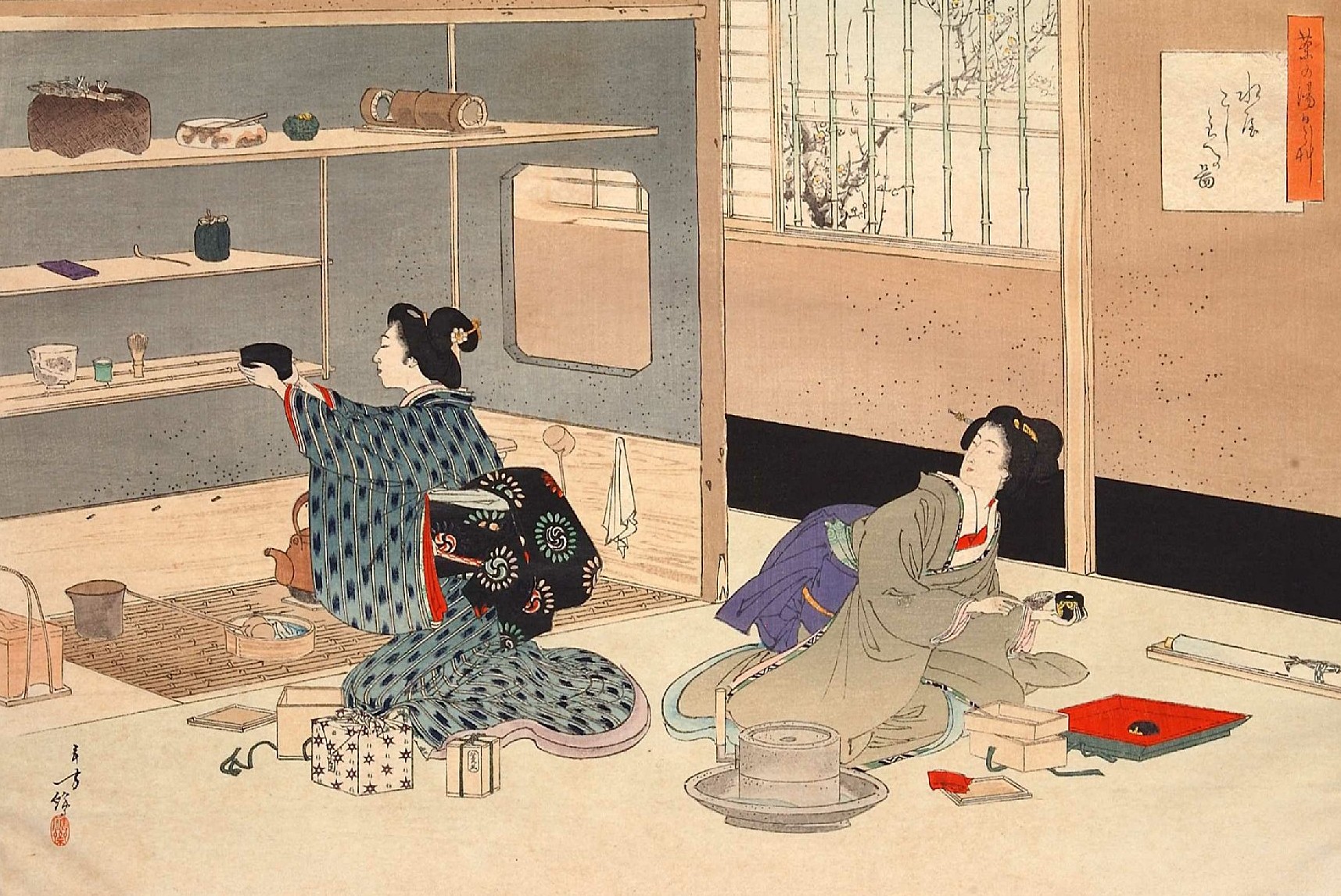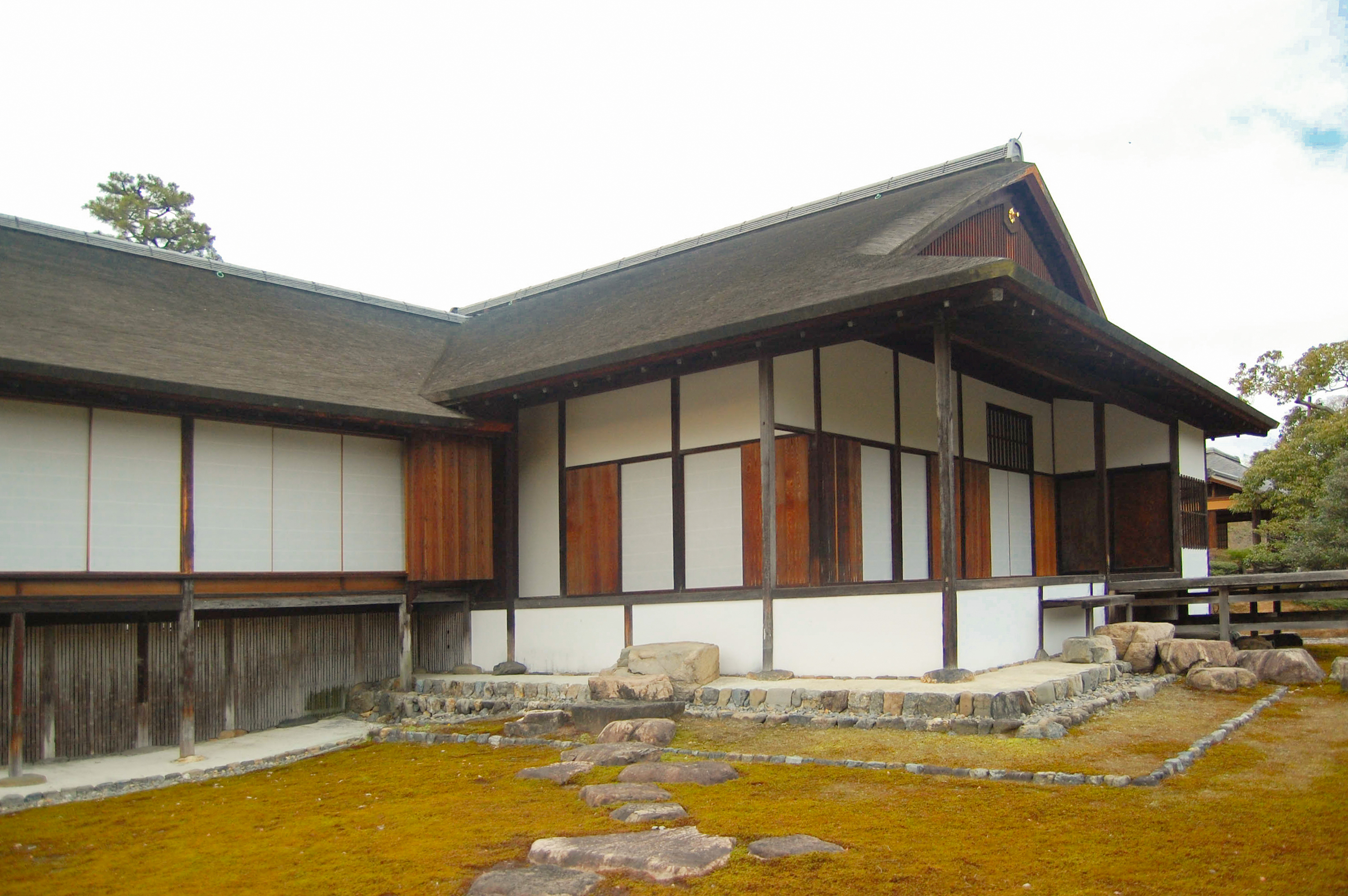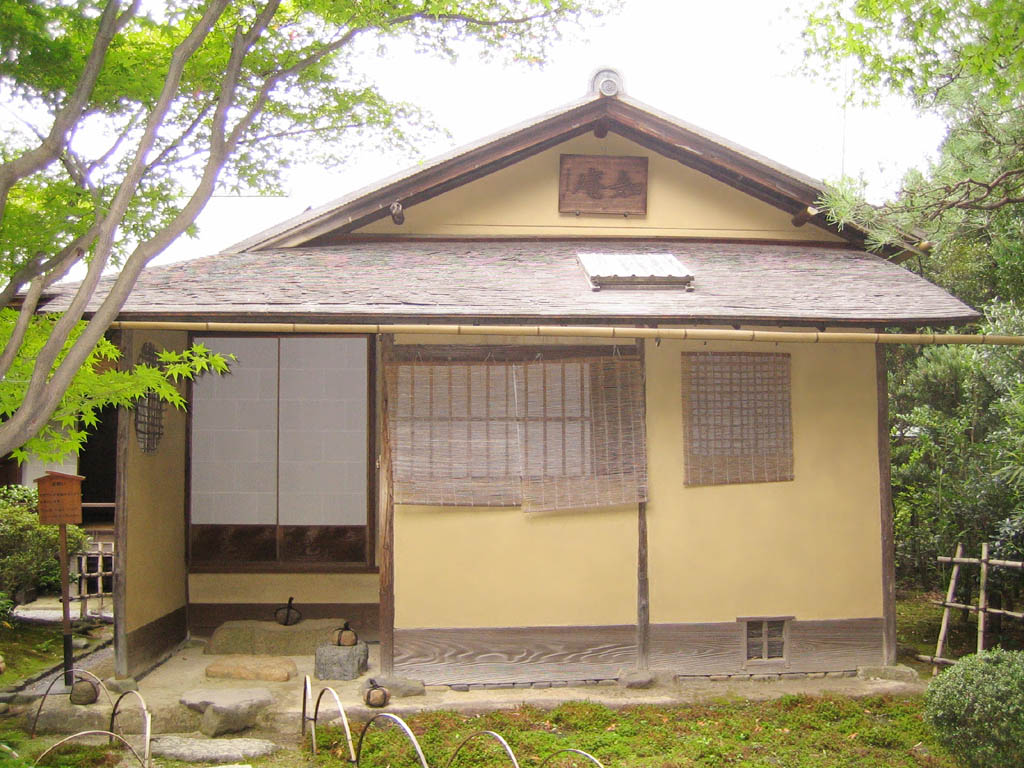|
Nikka Yuko Japanese Garden
is a garden near Henderson Lake in Lethbridge, Alberta, designed by Dr. Masami Sugimoto and Dr. Tadashi Kubo of Osaka Prefecture University in Japan. The pavilion, shelter, bridges and gates were built in Kyoto, Japan, by five artisans who later reassembled them in the garden. It was opened July 14, 1967, during the Canadian Centennial celebrations. History In the early 1960s, Lethbridgian Reverend Yutetsu Kawamura, a minister of Buddhist churches in Alberta, and Cleo Mowers, editor and publisher of the Lethbridge Herald, were independently considering the possibility of a Japanese garden being built in Lethbridge. Kurt Steiner, the manager of the Lethbridge Travel and Convention Bureau, eventually brought the two together and a steering committee was formed. The steering committee, headed by Rev. Kawamura, brought a proposal to the Lethbridge City Council that was subsequently approved on 6 January 1964. The committee proposed a Japanese Garden Committee be appointed to oversee ... [...More Info...] [...Related Items...] OR: [Wikipedia] [Google] [Baidu] |
Lethbridge
Lethbridge ( ) is a city in the province of Alberta, Canada. With a population of 101,482 in its 2019 Alberta municipal censuses, 2019 municipal census, Lethbridge became the fourth Alberta city to surpass 100,000 people. The nearby Canadian Rockies, Canadian Rocky Mountains contribute to the city's warm summers, mild winters, and Chinook wind, windy climate. Lethbridge lies southeast of Calgary on the Oldman River. Lethbridge is the commercial, financial, transportation and industrial centre of southern Alberta. The city's economy developed from drift mining for coal in the late 19th century and agriculture in the early 20th century. Half of the workforce is employed in the health, education, retail and hospitality sectors, and the top five employers are government-based. The only university in Alberta south of Calgary is in Lethbridge, and two of the three colleges in southern Alberta have campuses in the city. Cultural venues in the city include performing art theatres, mu ... [...More Info...] [...Related Items...] OR: [Wikipedia] [Google] [Baidu] |
Japanese Rock Garden
The or Japanese rock garden, often called a zen garden, is a distinctive style of Japanese garden. It creates a miniature stylized landscape through carefully composed arrangements of rocks, water features, moss, pruned trees and bushes, and uses gravel or sand that is raked to represent ripples in water. Zen gardens are commonly found at temples or monasteries. A zen garden is usually relatively small, surrounded by a wall or buildings, and is usually meant to be seen while seated from a single viewpoint outside the garden, such as the porch of the ''hojo'', the residence of the chief monk of the temple or monastery. Many, with gravel rather than grass, are only stepped into for maintenance. Classical zen gardens were created at temples of Zen Buddhism in Kyoto during the Muromachi period. They were intended to imitate the essence of nature, not its actual appearance, and to serve as an aid for meditation. History Early Japanese rock gardens Stone gardens existed in Japan at ... [...More Info...] [...Related Items...] OR: [Wikipedia] [Google] [Baidu] |
Gazebo
A gazebo is a pavilion structure, sometimes octagonal or turret-shaped, often built in a park, garden or spacious public area. Some are used on occasions as bandstands. Etymology The etymology given by Oxford Dictionaries (website), Oxford Dictionaries is "Mid 18th century: perhaps humorously from gaze, in imitation of Latin future tenses ending in -ebo: compare with lavabo." L. L. Bacon put forward a derivation from ''Casbah of Algiers, Casbah'', a Muslim quarter around the citadel in Algiers.Bacon, Leonard Lee. "Gazebos and Alambras", ''American Notes and Queries'' 8:6 (1970): 87–87 W. Sayers proposed Andalusian Arabic, Hispano-Arabic ''qushaybah'', in a poem by Córdoba, Spain, Cordoban poet Ibn Quzman (d. 1160).William Sayers, ''Eastern prospects: Kiosks, belvederes, gazebos''. Neophilologus 87: 299–305, 200/ref> The word ''gazebo'' appears in a mid-18th century English book by the architects John and William Halfpenny: ''Rural Architecture in the Chinese Taste''. The ... [...More Info...] [...Related Items...] OR: [Wikipedia] [Google] [Baidu] |
Karesansui
The or Japanese rock garden, often called a zen garden, is a distinctive style of Japanese garden. It creates a miniature stylized landscape through carefully composed arrangements of rocks, water features, moss, pruned trees and bushes, and uses gravel or sand that is raked to represent ripples in water. Zen gardens are commonly found at temples or monasteries. A zen garden is usually relatively small, surrounded by a wall or buildings, and is usually meant to be seen while seated from a single viewpoint outside the garden, such as the porch of the ''hojo'', the residence of the chief monk of the temple or monastery. Many, with gravel rather than grass, are only stepped into for maintenance. Classical zen gardens were created at temples of Zen Buddhism in Kyoto during the Muromachi period. They were intended to imitate the essence of nature, not its actual appearance, and to serve as an aid for meditation. History Early Japanese rock gardens Stone gardens existed in Japan at ... [...More Info...] [...Related Items...] OR: [Wikipedia] [Google] [Baidu] |
Mizuya
is the term for the preparation area in a Japanese tea house ( ') or attached to any venue used for the Japanese tea ceremony. For instance, the area used for preparation during outdoor tea ceremonies is also called the . The term can also refer to purificatory fonts at shrines and temples, as well as to storage cupboards for use in kitchens. This article, however, focuses on the tea ceremony '. History The full development of ''chadō'' (the Japanese "Way of Tea") and advent of the independent structure dedicated to and designed for use for this cultural activity is generally attributed to the sixteenth century tea master Sen no Rikyū. With the development of a structure dedicated to receiving guests for this cultural activity, there naturally was the need for a "back room" area for the host to make ready the items to be used for the reception of the guests. Before this, during the early development of the Japanese tea ceremony, corners of large reception rooms were partiti ... [...More Info...] [...Related Items...] OR: [Wikipedia] [Google] [Baidu] |
Chamaecyparis Obtusa
''Chamaecyparis obtusa'' (Japanese cypress, hinoki cypress or hinoki; ja, 檜 or , ) is a species of cypress native to central Japan in East Asia, and widely cultivated in the temperate northern hemisphere for its high-quality timber and ornamental qualities, with many cultivars commercially available. Description It is a slow-growing tree which may reach tall with a trunk up to in diameter. The bark is dark red-brown. The leaves are scale-like, long, blunt tipped (obtuse), green above, and green below with a white stomatal band at the base of each scale-leaf. The cones are globose, in diameter, with 8–12 scales arranged in opposite pairs. Related species The plant is widespread in Japan. The related '' Chamaecyparis pisifera'' (sawara cypress) can be readily distinguished in its having pointed tips to the leaves and smaller cones. A similar cypress found on Taiwan is treated by different botanists as either a variety of this species (as ''Chamaecyparis obtusa'' va ... [...More Info...] [...Related Items...] OR: [Wikipedia] [Google] [Baidu] |
Chamaecyparis Taiwanensis
''Chamaecyparis taiwanensis'' (Taiwan cypress; ) is a species of cypress, native to the mountains of Taiwan, where it grows at altitudes of 1300–2800 m.Rushforth, K. (1987). ''Conifers''. Helm . Description It is a slow-growing coniferous tree growing to 40 m tall with a trunk up to 2 m in diameter. The bark is red-brown, vertically fissured and with a stringy texture. The foliage is arranged in flat sprays; adult leaves are scale-like, 0.8–1.5 mm long, with acute tips (unlike the blunt tips of the leaves of the closely related Japanese '' Chamaecyparis obtusa'' (Hinoki Cypress), green above, green below with a white stomatal band at the base of each scale-leaf; they are arranged in opposite decussate pairs on the shoots. The juvenile leaves, found on young seedlings, are needle-like, 4–8 mm long. The cones are globose, smaller than those of ''C. obtusa'', 7–9 mm diameter, with 6–10 scales arranged in opposite pairs, maturing in autumn about 7–8 ... [...More Info...] [...Related Items...] OR: [Wikipedia] [Google] [Baidu] |
Sukiya-zukuri
is one type of Japanese residential architectural style. ''Suki'' means refined, well cultivated taste and delight in elegant pursuits and refers to enjoyment of the exquisitely performed tea ceremony. The word originally denoted a building in which tea ceremony was done (known as a ''chashitsu'') and was associated with ''ikebana'' flower arranging, and other Japanese traditional arts. It has come to indicate a style of designing public facilities and private homes based on tea house aesthetics. Historically and by tradition, ''sukiya-zukuri'' is characterised by a use of natural materials, especially wood. In contemporary architecture, its formal and spatial concepts are kept alive in modern materials such as steel, glass and concrete. Origins In 1587, Toyotomi Hideyoshi (1536–98) employed the tea master Sen no Rikyū as his advisor on aesthetic matters. In the compound of Hideyoshi's imposing Jurakudai castle in Kyoto Rikyū designed an eighteen mat building known as the ... [...More Info...] [...Related Items...] OR: [Wikipedia] [Google] [Baidu] |
Tea Ceremony
An East Asian tea ceremony, or ''Chádào'' (), or ''Dado'' ( ko, 다도 (茶道)), is a ceremonially ritualized form of making tea (茶 ''cha'') practiced in East Asia by the Chinese, Japanese, and Koreans. The tea ceremony (), literally translated as either "''way of tea''", "''etiquette for tea or tea rite''", or "''art of tea''" in any of the three East Asian languages, is a cultural activity involving the ceremonial preparation and presentation of tea. The Japanese tea ceremony and Korean tea ceremony were influenced by the Chinese tea culture during ancient and medieval times, starting in the 9th century when tea was first introduced to Japan and Korea from China. One can also refer to the whole set of rituals, tools, gestures, etc. used in such ceremonies as tea culture. All of these tea ceremonies and rituals contain "an adoration of the beautiful among the sordid facts of everyday life", as well as refinement, an inner spiritual content, humility, restraint and simplicity ... [...More Info...] [...Related Items...] OR: [Wikipedia] [Google] [Baidu] |
Wishing Well
A wishing well is a term from European folklore to describe wells where it was thought that any spoken wish would be granted. The idea that a wish would be granted came from the notion that water housed deities or had been placed there as a gift from the gods. This practice is thought to have arisen because water is a source of life, and was often a scarce commodity. History Germanic and Celtic traditions The Germanic and Celtic peoples considered springs and wells sacred places. Sometimes the places were marked with wooden statues possibly of the god associated with the pool. Germanic peoples were known to throw the armour and weapons of defeated enemies into bogs and other pools of water as offerings to their gods. Water was seen to have healing powers, and wells became popular, with many people drinking the water, bathing in it, or simply wishing over it. Some people believed that the guardians or dwellers of the well would grant them their wish if they paid a price. A ... [...More Info...] [...Related Items...] OR: [Wikipedia] [Google] [Baidu] |
Shōrō
The two main types of bell tower in Japan The or is the bell tower of a Buddhist temple in Japan, housing the temple's . It can also be found at some Shinto shrines which used to function as temples (see article '' Shinbutsu shūgō''), as for example Nikkō Tōshō-gū. Two main types exist, the older , which has walls, and the more recent or , which does not. History During the Nara period (710–794), immediately after the arrival of Buddhism in Japan bell towers were 3 x 2 bay, 2 storied buildings. A typical temple '' garan'' had normally two, one to the left and one to the right of the ''kyōzō'' (or ''kyō-dō''), the sūtra repository. An extant example of this style is Hōryū-ji's Sai-in Shōrō in Nara (see photo in the gallery). During the following Heian period (794–1185) was developed a new style called ''hakamagoshi'' which consisted of a two storied, hourglass-shaped building with the bell hanging from the second story. The earliest extant example is H� ... [...More Info...] [...Related Items...] OR: [Wikipedia] [Google] [Baidu] |
Chashitsu
''Chashitsu'' (, "tea room") in Japanese tradition is an architectural space designed to be used for tea ceremony (''chanoyu'') gatherings. The architectural style that developed for ''chashitsu'' is referred to as the ''sukiya'' style (''sukiya-zukuri''), and the term ''sukiya'' () may be used as a synonym for ''chashitsu''. Related Japanese terms are ''chaseki'' (), broadly meaning "place for tea", and implying any sort of space where people are seated to participate in tea ceremony, and ''chabana ''Chabana'' (茶花, literally "tea flowers") is a generic term for the arrangement of flowers put together for display at a Japanese tea ceremony, and also for the wide variety of plants conventionally considered as appropriate material for ...'', "tea flowers", the style of flower arrangement associated with the tea ceremony. Typical features of ''chashitsu'' are ''shōji'' windows and sliding doors made of wooden lattice covered in a translucent washi, Japanese paper; ' ... [...More Info...] [...Related Items...] OR: [Wikipedia] [Google] [Baidu] |





